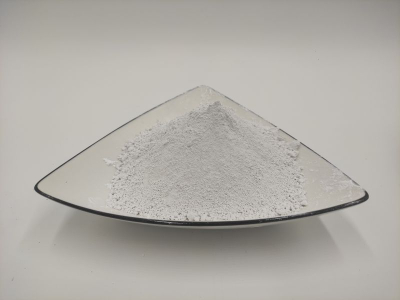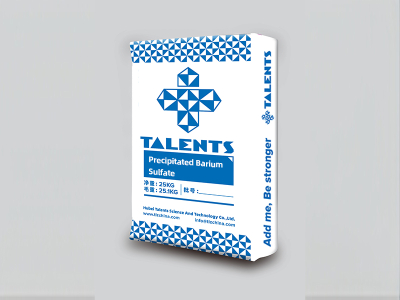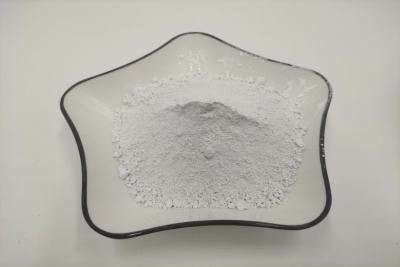Introduction of fluorite flotation process and reagent
Introduction of fluorite flotation process and reagent
Fluorite is an important raw material for metallurgy, chemical industry, silicate and other industries. The comprehensive utilization of fluorite resources, flotation process and flotation reagents have attracted widespread attention.
1. Fluorite flotation process
1. Control of particle size
To obtain high-quality fluorite concentrate, the first step is to realize the dissociation of fluorite and gangue minerals.
Some experts and scholars have studied the relationship between the crushing characteristics of fluorite and quartz and the crushing of fluorite. Both too coarse and too fine fractions can have a detrimental effect on flotation operations, with 10 to 100 microns being the most correct flotation fraction for fluorite.
The fluorite mines with quartz as the main gangue have a common rule, that is, rough grinding is required for roughing operations, and fine grinding is required for optimal silicon reduction.
According to this law, many dressing plants adopt the stage grinding and flotation process to obtain better indicators.
For example, in Yinzishan fluorite mine, the particle size of the embedded cloth is very fine. It is ground to -20 microns, and the monomer dissociation degree reaches 98%. The Si02 in the fluorite concentrate is less than 0.8%. , it is extremely unfavorable to the flotation index, and it is difficult to obtain qualified concentrate products.
2. Flotation process
The treatment of concentrate and medium ore is an important subject in the research of fluorite flotation technology.
Regrinding of coarse concentrate has obvious effect on improving concentrate grade and recovery rate.
The research results and on-site debugging show that the first optimized tailings are returned to the scavenging operation or discarded as the final tailings, which is beneficial to improve the quality of the concentrate and improve the flotation conditions, especially for the raw ore containing sulfur, the effect is more obvious.
1. Collector
Fluorite flotation usually uses oleic acid as a collector. However, the condensation point of oleic acid is high, and its selectivity becomes poor in winter, which is obviously unfavorable to the effect of flotation. Therefore, people in severe cold areas have to adopt heating methods to improve the effect of flotation.
LHO collector: It is made up of camellia seed kernel oil and rapeseed oil or rice bran oleic acid. It can be used for flotation of fluorite mines in Taolin and Panjiachong, and the concentrate grade can reach the first or special standard.
Petroleum starter: good selectivity, the selection index is higher than oleic acid.
nRo-X series amphoteric collectors: excellent selective collection of fluorite.
a-amino arylphosphonic acid as collector: can realize the flotation separation of fluorite, barite and scheelite.
BC-2 agent: It is prepared from cottonseed oil scraps as raw material. It is used as an oleic acid substitute for flotation of fluorite. Under the condition of similar recovery rate, the concentrate grade is higher than that of using oleic acid as a collector. 1.29%
Non-ester and non-sulfide mineral collectors: ester compounds extracted from fungi, yeast and bacteria are more selective fluorite collectors than oleic acid, and its oil can improve the recovery rate of fluorite and Improve the quality of concentrates.
When the dosage was 5 mg/L, the recovery rate of fluorspar was 93.2%, while when oleic acid was used, the recovery rate of fluorite was only 91.6%.
2, gram preparations
Commonly used gram preparations for fluorite flotation include inorganic substances such as water glass and chromate, and organic substances such as starch and tannin.
PF agent: It can solve the problem of fluorite desulfurization and meet the requirements of fluorite export.
NF agent: calcium carbonate gram preparation. The selectivity is good. When the calcium carbonate content of the raw ore is 6%-8%, the calcium carbonate in the product can be reduced to less than 1%.



